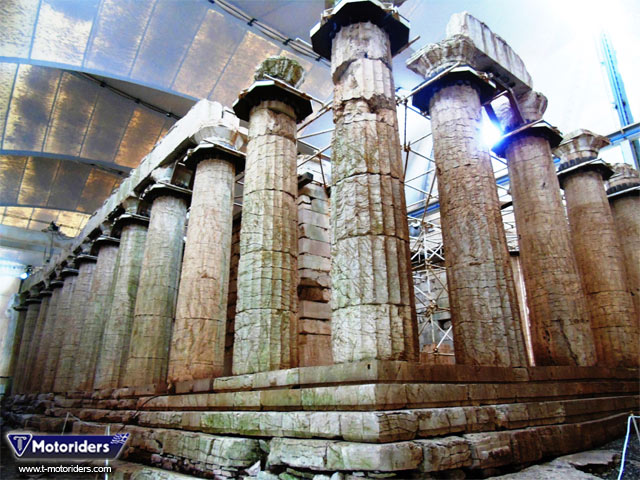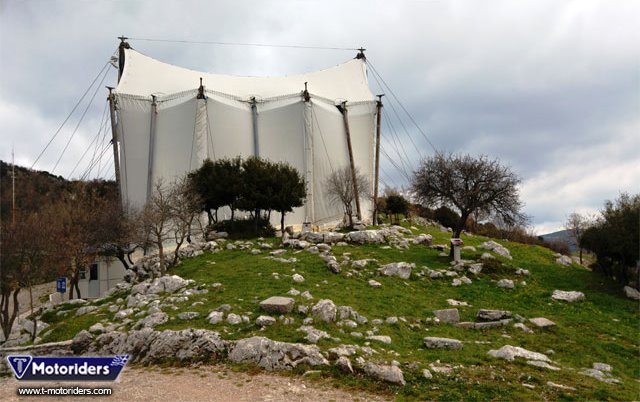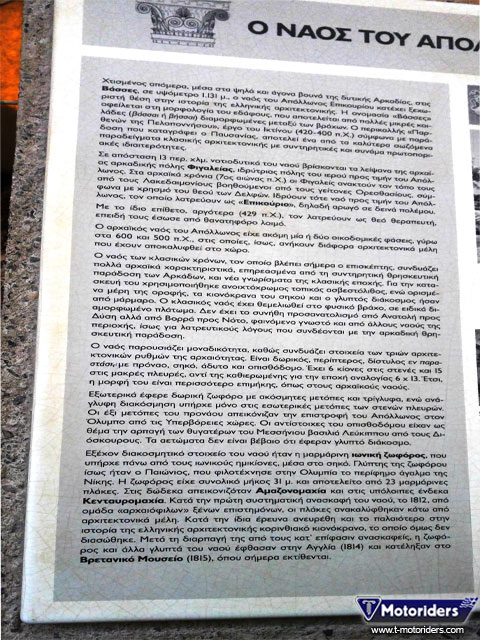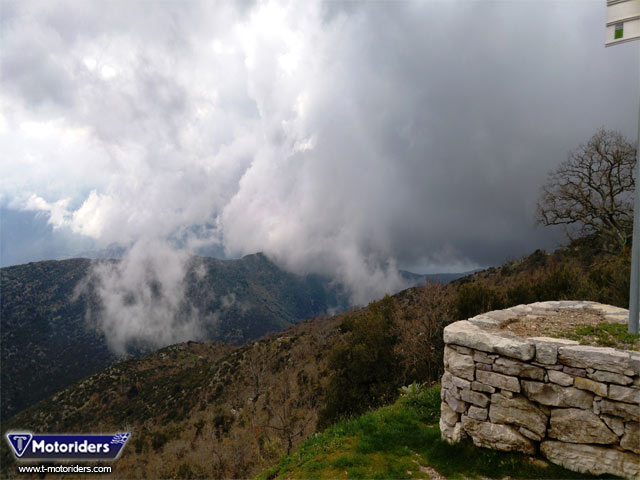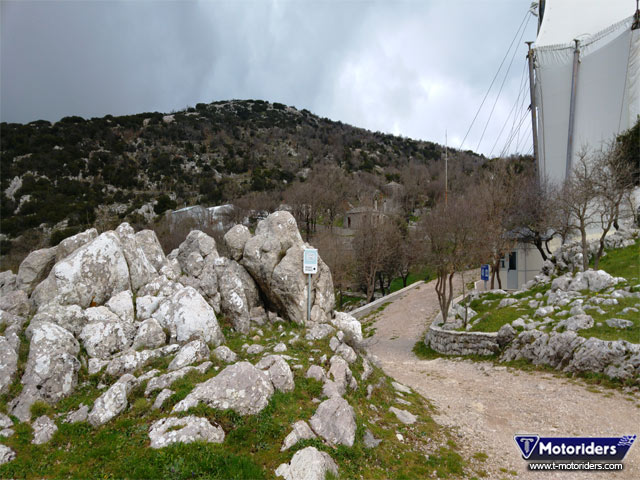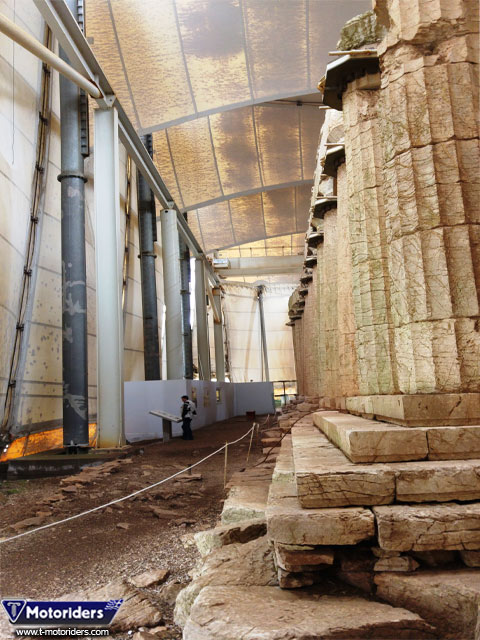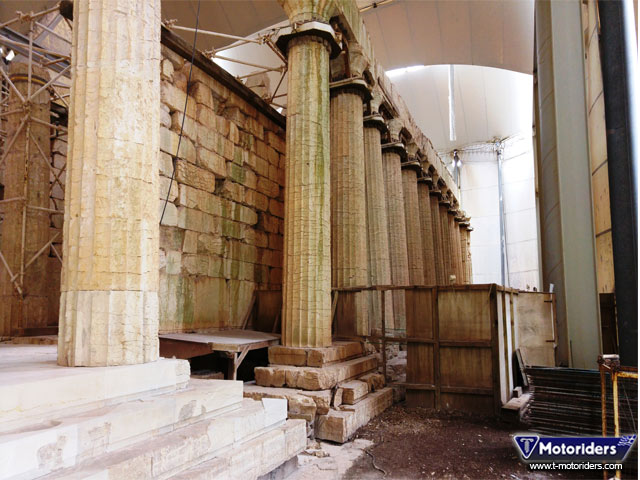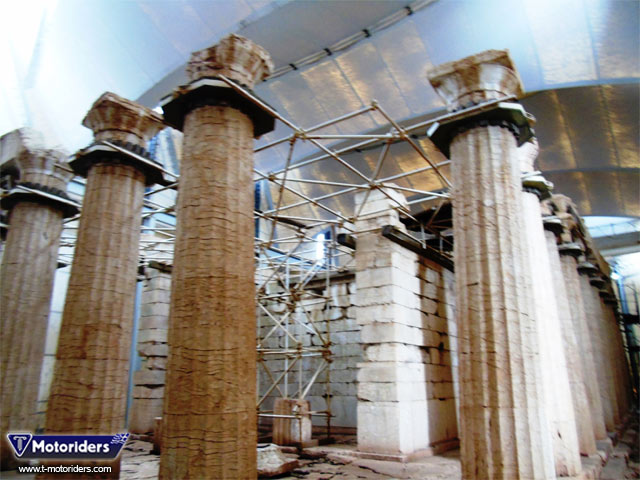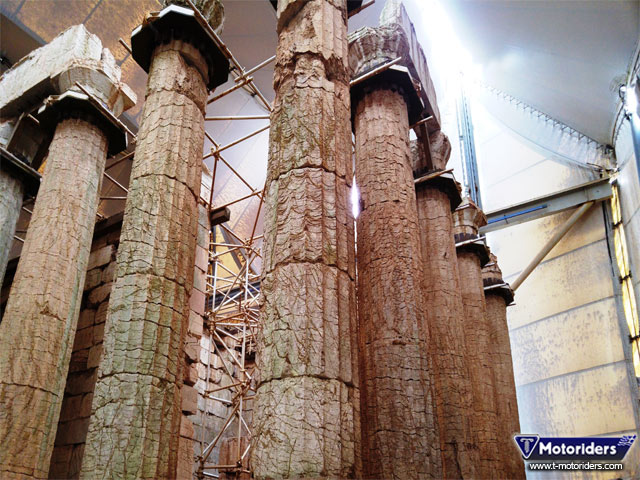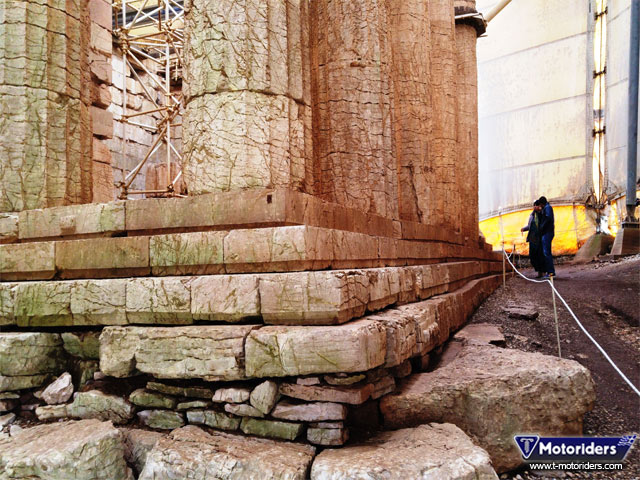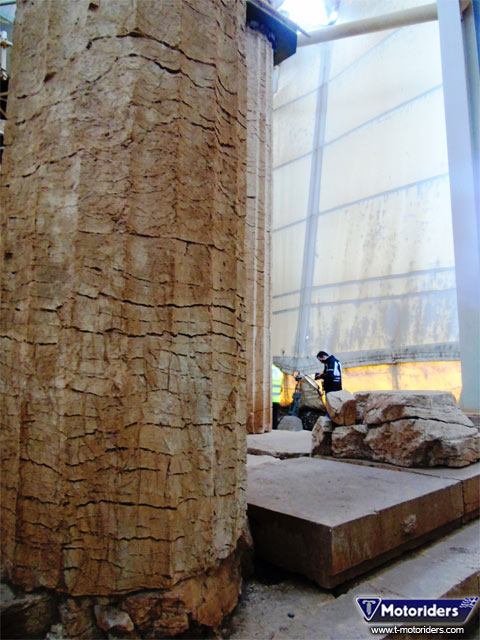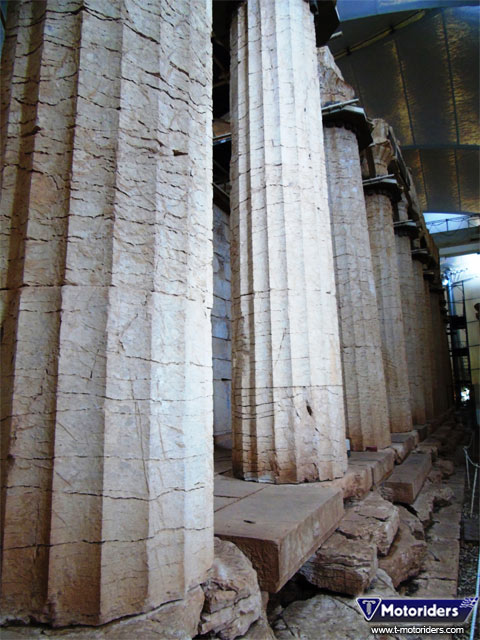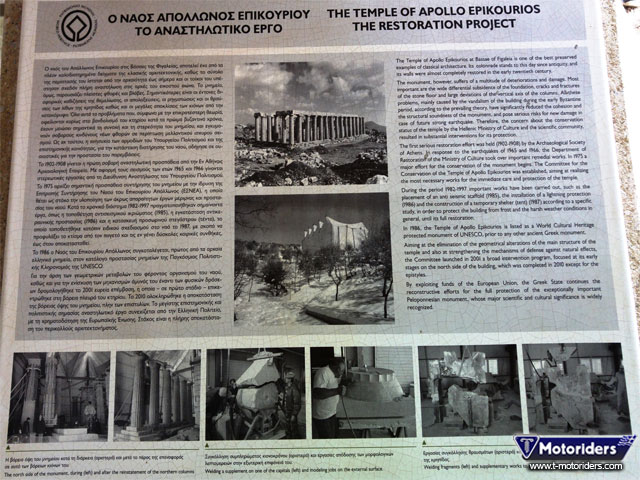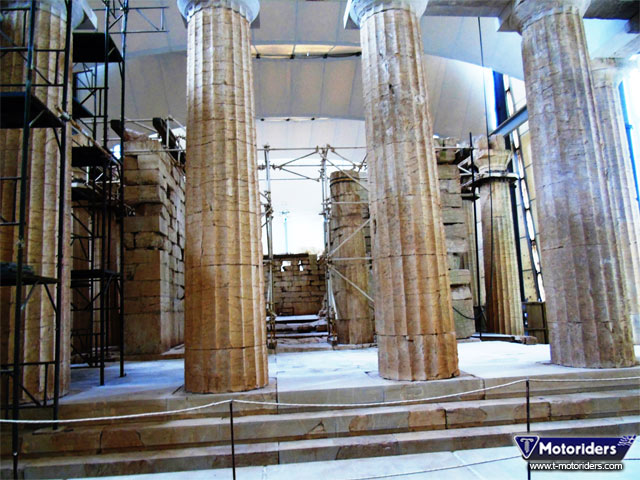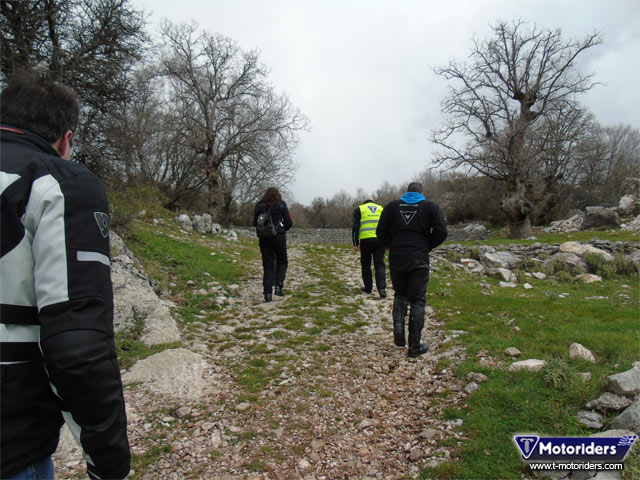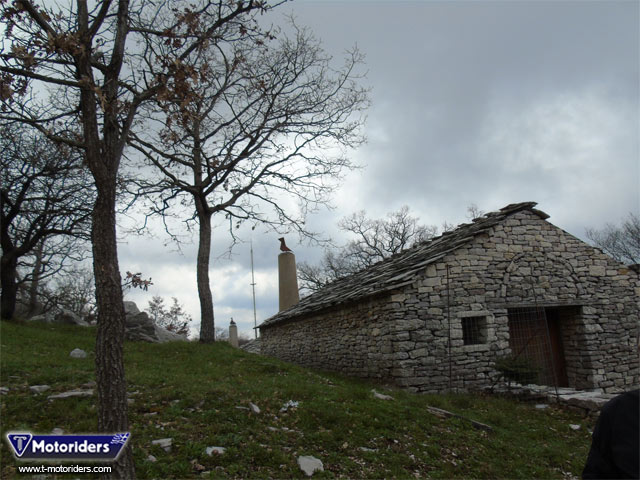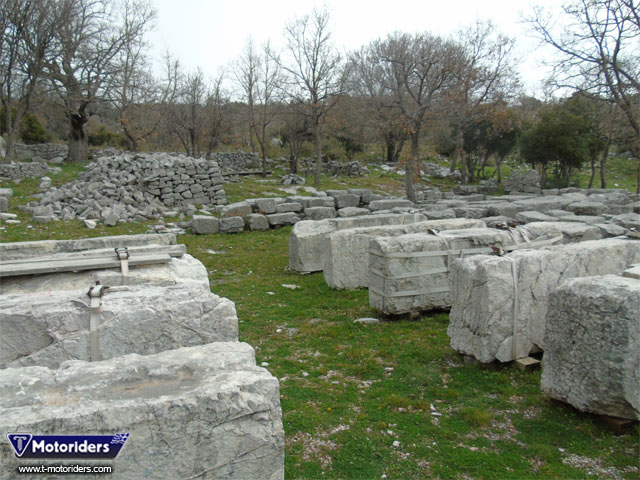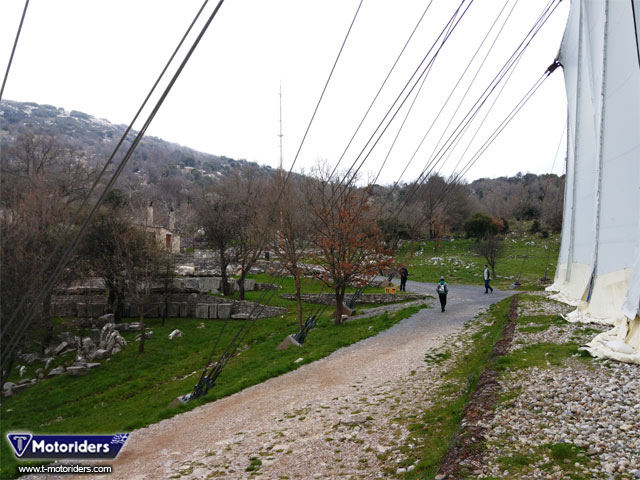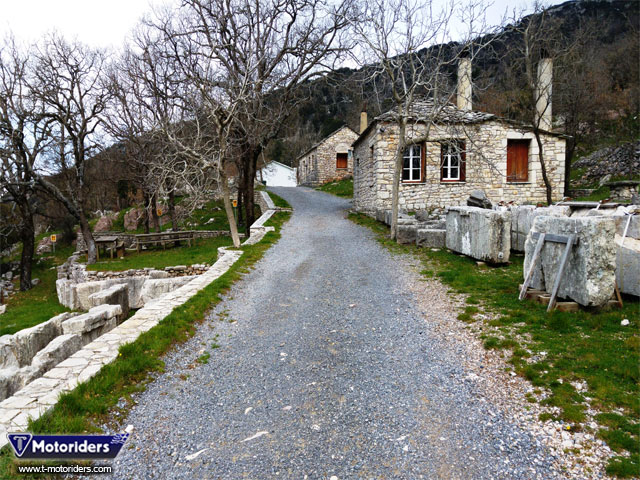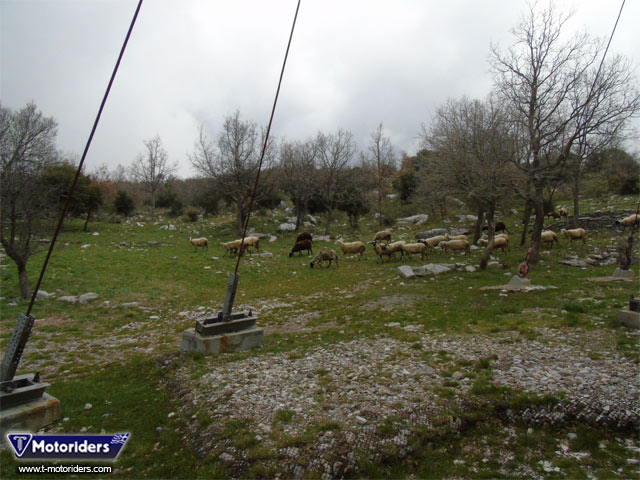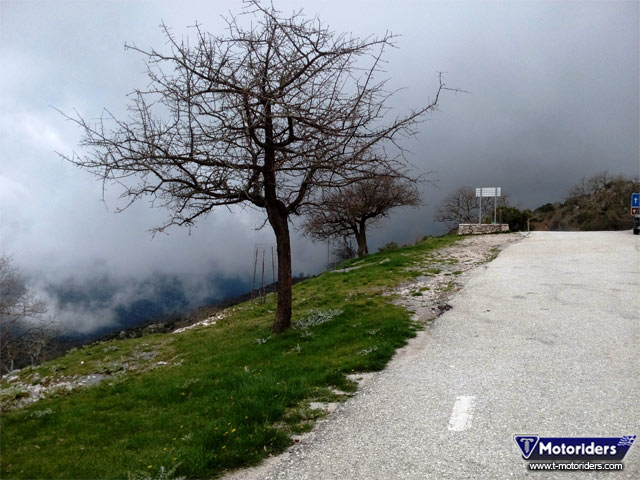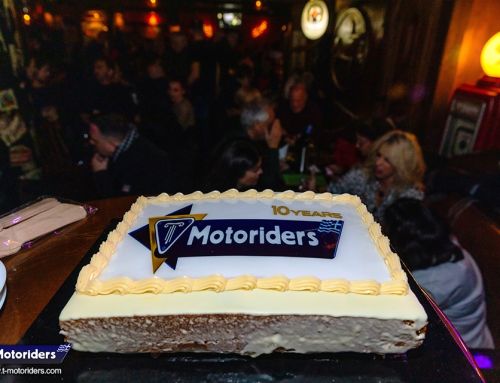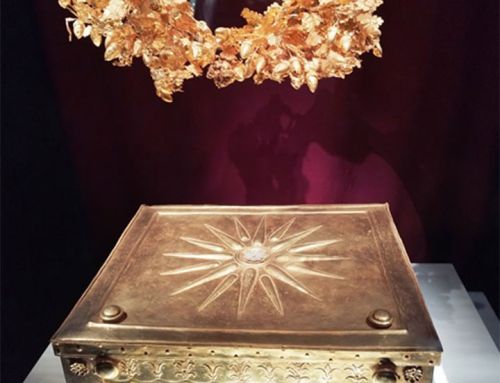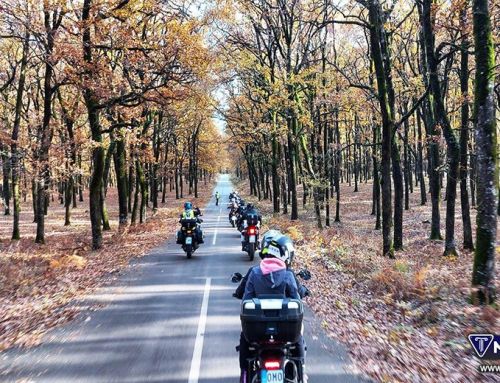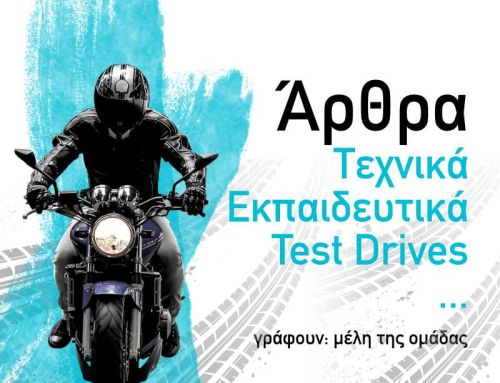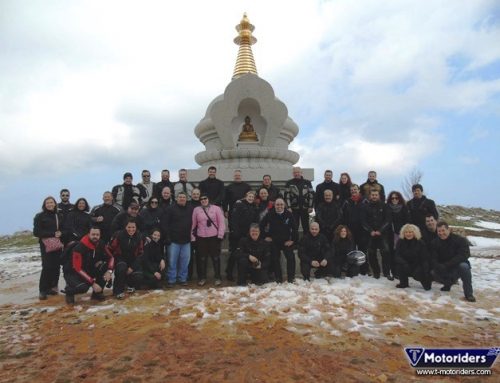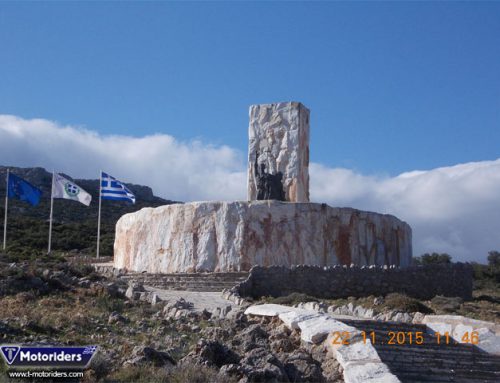Travel experience
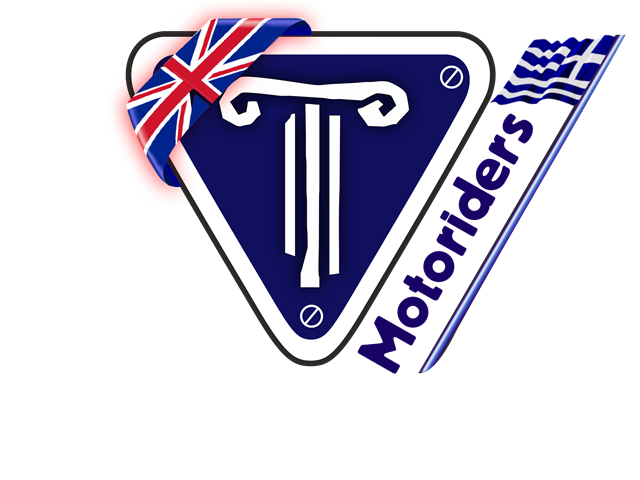
Written by Bill Economou
Translated by George Bitsidis
Temple of Epicurean Apollo
It was one of those days when you sit in front of the computer and see, printed in bold, a subject in many blogs, mostly unknown to many people, who only seek to slightly increase their traffic…
On a day like this, I was bombarded by the “news” that the Temple of Epicurean Apollo …. rotates !! The “bug” of searching attacked me once again ..
That was it. The pin on the map was set. As soon as possible T-Motoriders would visit this ancient temple located at Vasseis Figaleias Peloponnese.
Admittedly I did not know anything about the existence of this ancient temple. Despite my disbelief I began to read very carefully .. I was trying to understand the article which seriously stated how many degrees this rotation is performed each time (50,2” if I remember correctly). It even quoted things to support the fact in order to reach the conclusion that the temple always faces the Ursa Major Constellation or Sirius and is oriented differently compared to the respective temples of antiquity.
That was it. The pin on the map was set. As soon as possible T-Motoriders would visit this ancient temple located at Vasseis Figaleias Peloponnese.
I contacted a friend, a well-known researcher, who laughed when I asked if what is said about the rotation is really true. I kept searching for information on the internet .. Eventually you feel a little awkward when you realize that … any propaganda or disinformation or misinterpretation of a “strange” story, can spread so easily. The original article on the rotation of the Temple was first published in the late 2000’s. It is the theory of the mathematician Mr. Stelios Petrakis which is expressed in his book “Investigate, find and write”
Because of the originality, the story was immediately reproduced, almost unchanged, by some blogs as it happened when I first read it. Some of our ancient history lovers later tried to document the scientific article. They discovered that what was written was not correct and turned to the famous theory of … triangles, saying that the distance from one temple is “x “ Km from the other “y” Km forming a triangle … and so on .. The Ministry of Culture also drew a conclusion on rejecting the claim of the rotation. The materials that form the basis of the temple function as to absorbing vibrations such as an earthquake and not in order to rotate the Temple.
But this was a reason to learn even more beautiful and interesting things about the temple and which I will quote below…
Sunday morning, late March. T-Motoriders were ready at the meeting point destined to Figalia which is located on the border between Arcadia and Messinia and, rising at an altitude of 1,130 meters is the imposing temple of Epicurean Apollo. The approach from Athens can be made mainly by two ways. The first is through the Morea Highway and exit at Leontari (before Tolls Veligosti) to climb Lykaio mountain. But there is a bit of unpaved road, quite steep with red soil like powder and when it rains it is a very difficult crossing. We chose to go through the exit of Megalopolis and from there through Karytaina, Andritsaina and other villages to head uphill to our destination. Immediately after Andritsaina is an intersection leading to the waterfalls of Neda … another pin on the map for the T-Motoriders.
The route after Megalopolis cannot leave you untouched. The light green landscape is succeeded by a darker one as the altitude rises. The waters of the Alpheus River and its tributaries can be heard by stopping at almost every turn after Karytaina where its imposing castle takes one’s breath away. The higher you go, the more astonished you are by the beautiful outskirts of the mountains.
The road narrows and we slowly pass the upper part and on the other side of the mountain. Opposite the Lykaio Mountain dressed in green … A mountain with its own distinguished history… The Lykaio word comes from the ancient Lyc meaning light. Do not overlook the fact that it was later used as a term in education (high school – lyceum).
Approaching the junction to Lykaio you face far ahead a huge tent that reminds you of several cinema films mentioning ancient military campaigns.
There lies, hidden nowadays from the weather conditions, the Temple of Epicurean Apollo dedicated by the Figalians because he helped them to face the Spartans in 659 BC. They named it Epicurean because God Apollo protected this area.
We left our bikes at the big parking which is just outside the entrance of the temple.
We arrived at the ticket office through the uphill path where we were expected by the new guard of the site, Dionyssis, who had taken over a few weeks ago. Many things had been written about this matter because the old guard had retired and the site had remained closed as it had not got any surveillance.
After we had paid, we passed the checkpoint and we walked beneath the tent to discover what was hidden there.
The main entrance is right on the corner of the Southwest side. So you have the opportunity to admire this magnificent building designed by Iktinos according to Pausanias and is essentially a miniature version of the Athens Parthenon. It is one of the few temples that are North to South oriented unlike all the others. Another peculiarity is that the columns of the north side are thicker than the columns of the other sides. We wandered about and we felt awe at every step. The columns were huge and erected one after the other. Cracks on them were more than obvious.
Their color also impressed us because it was not as white as we are used to but much darker and yellowish. This is mainly because the marbles that were used were sourced from the surrounding area. The floor has collapsed at the edges, creating fears for its static. Also, the temple is the only ancient building that combines all three architectural styles: Doric externally and Ionic inside, but the columns are decorated with Corinthian capitals.
All these elements alone make this Monument Unique!! Even if it does not…rotate.
At the time of the visit there were ongoing restorations and maintenance of the monument mainly on the back side. The enormous tent protected the area from the extreme weather conditions of the region. One member of the group informed us that the tent material was manufactured by a well known tire company. Touring screens were installed next to the temple where much useful information could be derived.
As we were leaving the tent we saw the flood protection measures and the huge canopy retaining bases and started laughing and wondering if they turn together with the Temple of Epicurean Apollo… There is a road leading to the hill just beyond. Small stone buildings were created offering important role in the maintenance. From the top, the entire archaeological area was spread out at our feet. It was getting dangerously cloudy .
Rain would most certainly come soon. The amazing scenery was exactly made as a film storyline… The clouds began to descend lower and lower. Cold was increasingly intense…
There were also other parts of the archaeological site around that invited us to see them but the sky had a different opinion.
It was time to go since we had our usual commemorative photos taken.
We climbed on our bikes and as in another ancient expedition we went downhill in warmer climates to commend the gastronomic orgy that took place in the Elliniko village, a few km further…
Another great trip back to our ancient culture and civilization was completed for T-Motoriders.

